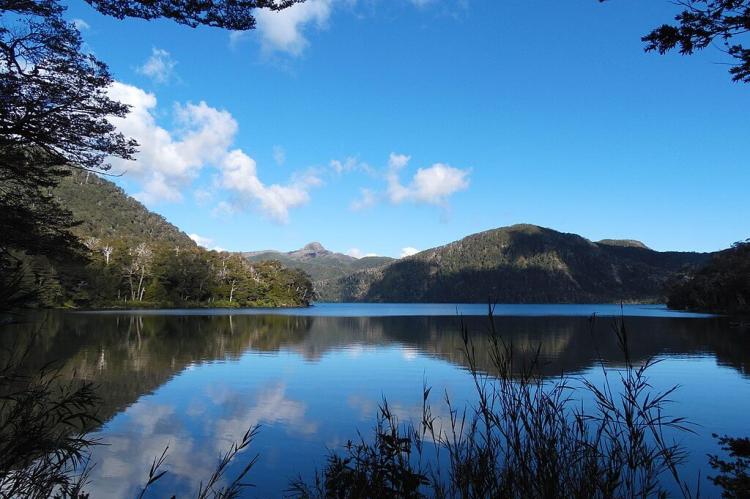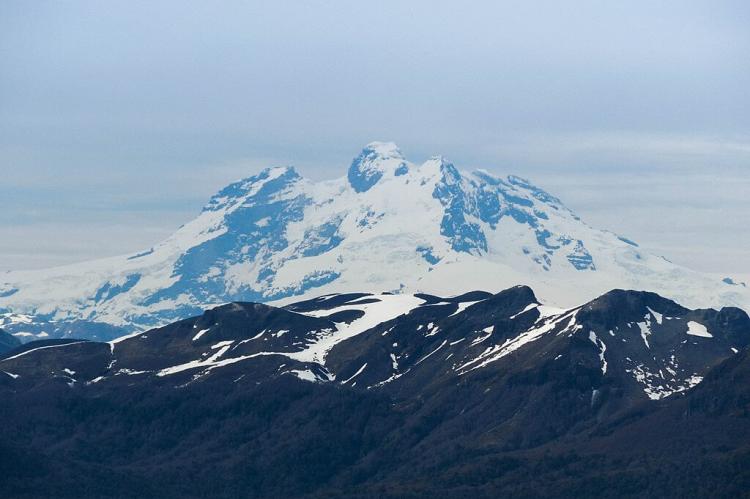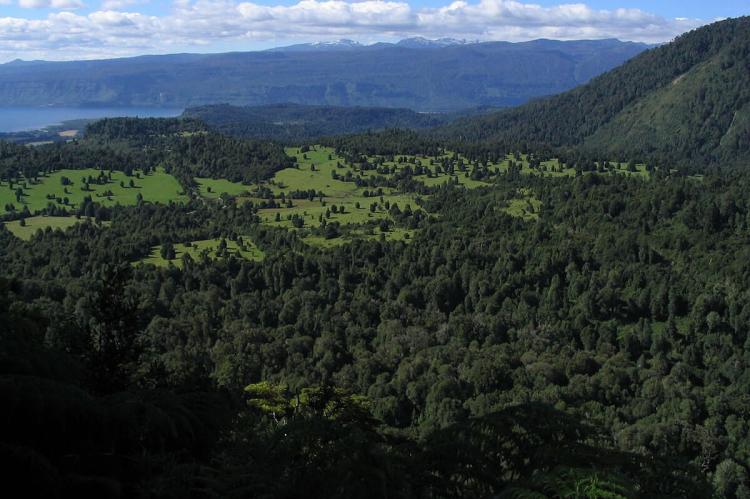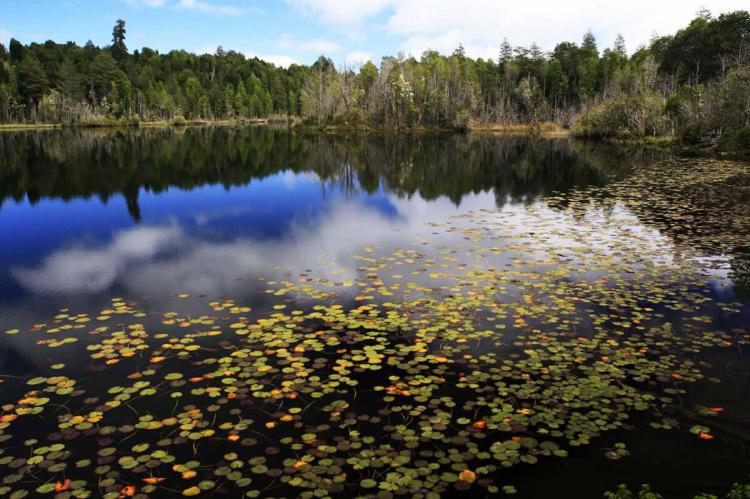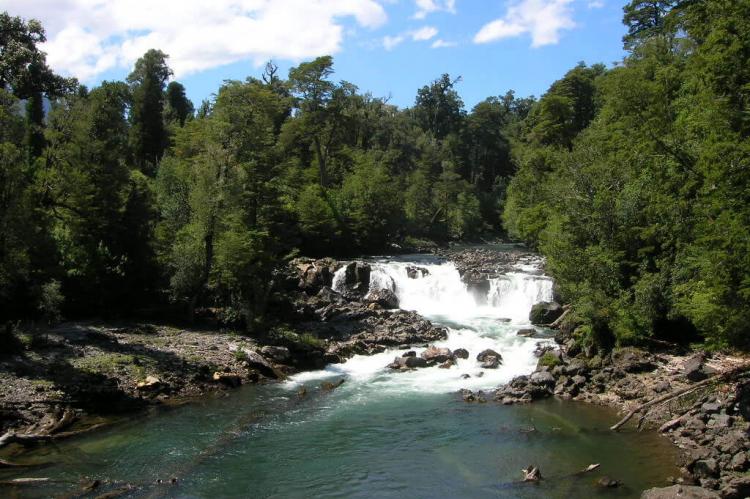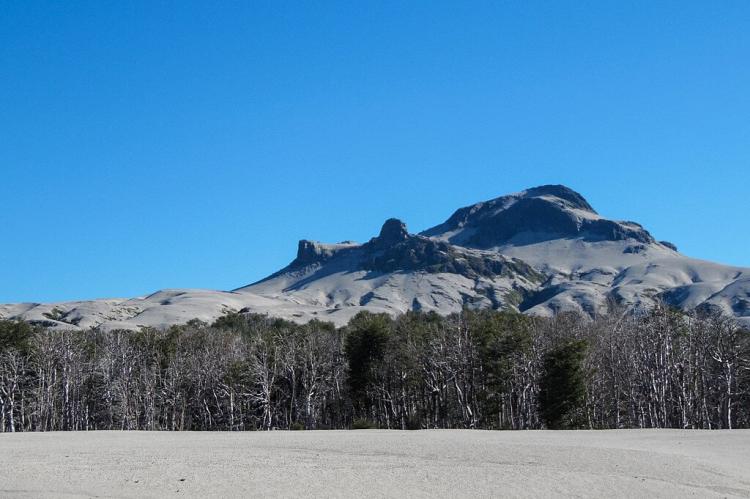Puyehue National Park: Chile's Natural Masterpiece
Nestled in the heart of southern Chile's Los Ríos and Los Lagos regions, Puyehue National Park is a testament to the country's natural wonders. This vast protected area boasts diverse landscapes, from steaming thermal springs and towering volcanoes to endless lush evergreen forests.
Exploring Puyehue National Park: A Breath of Fresh Air in Chile's Temperate Rainforests
Nestled in the heart of southern Chile's Los Ríos and Los Lagos regions, Puyehue National Park is a testament to the country's natural wonders. This protected area, spanning a vast 89,000 hectares (220,000 acres), boasts diverse landscapes, from steaming thermal springs and towering volcanoes to lush evergreen forests stretching endlessly. This comprehensive exploration delves into the essence of Puyehue National Park, unveiling its geological marvels and rich biodiversity.
Geological Wonders
Volcanoes and Thermal Springs
At the heart of Puyehue National Park lies the majestic Puyehue volcano, a towering presence that dominates the skyline. The Cordón Caulle and the Antillan Group, a cluster of small cones, craters, and stratovolcanoes, add to the park's volcanic grandeur. This geothermal wonderland is further enriched by natural thermal springs, inviting visitors to soak in their rejuvenating waters amidst breathtaking surroundings.
Diverse Landscapes and Ecosystems
A Tapestry of Natural Wonders
Puyehue National Park has three distinct areas, each offering unique charm and allure. The Aguas Calientes region beckons with its natural thermal baths and hiking trails. Anticura unveils the majestic Puyehue volcano, the El Puma lookout point, and the Cordón Caulle volcanic area. Here, visitors can marvel at the Pampa de Frutilla, a strawberry field of vivid hues, and lose themselves in the ancient coigüe tree forests, where towering giants stand as silent witnesses to the passage of time.
The Antillanca area boasts its own treasures, including the Raihuén Crater, Mirador Hill, and the Las Gaviotas River, which winds through the park. Lago Rupanco, a serene lake shared with the park, offers a tranquil escape. At the same time, the Antillanca ski center beckons winter sports enthusiasts to carve their way down the slopes of the Casablanca volcano.
Waterways and Lakes
Liquid Jewels of the Park
Puyehue National Park is graced by two main waterways, the Golgol River and the Las Gaviotas River, which meander through its landscapes, crystal-clear waters reflecting the beauty of the surroundings. Additionally, the Chanleufú River adds to the park's aquatic tapestry. Within the park's boundaries, visitors can also discover five enchanting lakes: Constancia, Gris, Paraíso, Lake Berlin, and a portion of the expansive Rupanco Lake.
Flora and Fauna
A Tapestry of Life
The lush Valdivian temperate rainforest blankets Puyehue National Park's lower regions, reminiscent of its southern neighbor, Vicente Pérez Rosales National Park. Temperate evergreen forests flourish at lower elevations, with towering coigüe (Nothofagus dombeyi), ulmo (Eucryphia cordifolia), olivillo (Aextoxicon punctatum), and tineo (Weinmannia trichosperma) trees forming a verdant canopy. The understory is a tapestry of bushes, ferns, moss, and lichens, adding to the forest's richness.
As elevation increases, coigüe woods intermingle with tepa (Laureliopsis philippiana) and mañío (Saxegothaea conspicua), eventually giving way to pure stands of Nothofagus betuloides and pumilio below the tree line. Marshes known as "mallines," blanketed in thick moss, add to the diversity of habitats found within the park.
The park's lush landscapes are home to an array of wildlife, including the elusive puma, gray fox (pseudalopex griseus), quique (galictis cuja) or ferret, coypu (Myocastor coypus), güiña (Felis guigna) or wild cat, chingue (Conepatus chinga), skunks, and vizcachas. For bird enthusiasts, Puyehue National Park is a paradise, offering opportunities to spot the torrent duck (pato correntino), Magellanic woodpecker (carpintero negro), Chilean pigeon (torcaza), hued-hued (huet-huet), Andean condor, great grebe (huala), house wren (chercán), and the buff-necked ibis (bandurria).
Conclusion
Puyehue National Park is a true haven for nature lovers, offering a unique blend of geological wonders, diverse ecosystems, and a rich tapestry of flora and fauna. Whether you're seeking to explore ancient forests, marvel at towering volcanoes, or immerse yourself in the tranquility of thermal springs and pristine lakes, this Chilean gem promises an unforgettable journey. Visitors are bound to be awestruck by the majesty of nature and leave with a renewed appreciation for the beauty within Puyehue National Park.
